 Skoda have re-launched the Fabia. Is it really fab? Harmaan R A J Madon checks it out
Skoda have re-launched the Fabia. Is it really fab? Harmaan R A J Madon checks it out
Photography Sanjay Raikar
Indians are getting used to paying premium prices for premium products. When the Skoda Fabia was first launched, it was one of the most expensive hatchbacks in the country, but its combination of style, luxe image and ample interior room meant it did appeal to a certain niche. A lot of water has flowed under the bridge since, and the Fabia’s popularity waned with the advent of better-appointed competition which also offered more value. Realising
that something needed to be done – and soon – Skoda India have re-launched the Fabia.
The ‘new’ car has a restyled grille and headlights, with slight changes to the chin as well, but you need to look hard to spot the differences. At the rear, not much has changed. But it’s not so much the 
 styling package we are interested in; what have Skoda done to make the car more affordable? The current 1.2 TDI diesel in Elegance trim, for example, costs Rs 7.55 lakh (OTR, Pune) – a cool Rs 1.13 lakh cheaper than the earlier 1.4-litre TDI Elegance. The base petrol 1.2 Classic is Rs 60,000 cheaper than before. These substantial savings are sure to attract more footfalls in Skoda dealerships. An aggressive localisation programme, helped no doubt by the volumes from cousin VW Polo, plus snipping a few features have helped achieve this price.
styling package we are interested in; what have Skoda done to make the car more affordable? The current 1.2 TDI diesel in Elegance trim, for example, costs Rs 7.55 lakh (OTR, Pune) – a cool Rs 1.13 lakh cheaper than the earlier 1.4-litre TDI Elegance. The base petrol 1.2 Classic is Rs 60,000 cheaper than before. These substantial savings are sure to attract more footfalls in Skoda dealerships. An aggressive localisation programme, helped no doubt by the volumes from cousin VW Polo, plus snipping a few features have helped achieve this price.
There’s also a new 1.6-litre petrol four-pot, which will appeal to a small audience, but thank god for it all the same; not everybody wants a hatch with a weedy engine.
On test with us are the 1.6 petrol and 1.2 diesel. So how do these two stack up now?
Design and build
 As stated earlier, the Fabia has received a few minor tweaks to its styling, but these nevertheless add up to giving the car a more dynamic look. The re-profiled grille in particular appears more attractive. The stretched headlamps have crisper edges as well. Why Skoda chose to stick to the 14-inch wheels, however, is another matter. Fifteen-inch wheels, especially on the top-end versions, would have doubtless improved the car’s stance.
As stated earlier, the Fabia has received a few minor tweaks to its styling, but these nevertheless add up to giving the car a more dynamic look. The re-profiled grille in particular appears more attractive. The stretched headlamps have crisper edges as well. Why Skoda chose to stick to the 14-inch wheels, however, is another matter. Fifteen-inch wheels, especially on the top-end versions, would have doubtless improved the car’s stance.
The build quality feels pretty faultless too, but you know what? Whisper it, but it doesn’t feel class-leading any longer…the interior plastics and fittings can no longer be described as the best in class. Also, some more imagination could have made a difference to the interior, for things like the fonts on the instruments, for example.

 Interior and comfort
Interior and comfort
The Fabia in Elegance trim has a two-tone black and beige interior and beige fabric seats. If our test cars are anything to go by, then these soil easily. The grain of the plastics also feels slightly rough to touch. The four-spoke steering wheel is Audi-inspired in design and the chunky rim fits well to hand. The Elegance trim has a height-adjustable driver’s seat, useful for shorter drivers, but all versions of the Fabia enjoy steering wheels which adjust for rake and reach. A dead pedal is an added comfort on long drives. The seats are comfortable on long drives too.
At the rear, there is ample space for two adults to sit comfortably. The Fabia is also one of very few hatchbacks that can accommodate two six-footers comfortably one behind the other.
The car’s boot is among the biggest in this segment and the
rear seatback folds down to liberate even more room. However, the seatback does not split, limiting flexibility somewhat.

 Performance and handling – 1.6 petrol
Performance and handling – 1.6 petrol
The Fabia shares the same 1.6-litre four-cylinder engine with the Polo 1.6 and Vento petrol. Even the state of tune and gear ratios are the same, so we were quite prepared to expect performance comparable to what the Vento delivered in our road test a couple of issues ago. Indeed, so close are the figures in almost every department that the differences are negligible. The Fabia 1.6 took 12.1 seconds to reach the tonne, which, while a decent time, doesn’t really set the test track on fire. What I particularly liked about this engine is its drivability. It’s smooth and the chunky 153 Nm of torque comes into play at a mere 3,800 rpm, which means city driving goes like a breeze. If anything, the slightly gruff engine note spoils the party as you approach the nether regions of the rev range. This engine does not like to be revved hard.

 The Fabia has a comfortable and absorbent ride. The 185/60 R14 tyres make short work of bad roads and the reasonable ground clearance means you can tackle most potholes and speed-breakers with aplomb. You do get some body roll, though, and while the Fabia is a competent handler, it isn’t particularly engaging to drive. The steering is well-weighted, but not particularly feelsome. The brakes are good and the car stops from 100 km/h within 43.41 metres, taking a shade over three seconds in the process. The Elegance version we drove gets dual circuit assist on the ABS with engine braking control thrown in for good measure, which means you’re always assured of a confident stop.
The Fabia has a comfortable and absorbent ride. The 185/60 R14 tyres make short work of bad roads and the reasonable ground clearance means you can tackle most potholes and speed-breakers with aplomb. You do get some body roll, though, and while the Fabia is a competent handler, it isn’t particularly engaging to drive. The steering is well-weighted, but not particularly feelsome. The brakes are good and the car stops from 100 km/h within 43.41 metres, taking a shade over three seconds in the process. The Elegance version we drove gets dual circuit assist on the ABS with engine braking control thrown in for good measure, which means you’re always assured of a confident stop.
The Fabia 1.6 petrol returns 14.4 kpl overall in our mixed driving cycle, which, though quite decent, isn’t particularly easy on the wallet. That said, for those who want 105 PS, it’s a small trade-off which is to be expected.
Performance and handling – 1.2 TDI
The diesel engine in the Fabia is all-new, the 1.2-litre three-cylinder replacing the ageing 1.4-litre pump duse motor. This is the same engine as in the Polo and perfectly suited to the character of the car. Drivability is strong and the mid-range of this motor is delightful, meaning even a fully loaded car with the air-con on max doesn’t struggle on uphill sections. You can, however, feel the extra weight of the diesel vis-a-vis the petrol. The 52 extra kilos the diesel Fabia lugs around is mostly over the front axle and this, of course, affects handling. It doesn’t feel as nimble as the petrol with a mite more understeer. Surprisingly, despite the extra weight, the diesel car actually managed to stop from 100 km/h within just 40.57 metres, almost three metres less than the lighter petrol car. What will really put a smile on your face, though, is its fuel efficiency; the diesel Fabia managed 19.2 kpl overall, which is impressive. With a 45-litre fuel tank, you can actually stretch your range to nearly 900 kilometres between tankfuls, making the Fabia diesel a great car on long hauls.
Safety
All versions of the Fabia get a driver’s side airbag as standard, but the Ambiente and Elegance variants have an additional bag for the front passenger as well. The high-tech ABS is only available on the Elegance variant, though. Height-adjustable head-rests on the front and rear seats should make for good whiplash protection too.

 Value
Value
No doubt, price revision makes the Fabia a better deal now than it was a couple of months ago. It still is expensive, but there will definitely be more buyers at this asking price. Indeed, sales were hovering round a lowly 200 units per month not too long ago, but dealers are reporting a surge in interest now that Skoda have reduced prices. It’s been tricky pricing the car right; there are repercussions which might have been felt through the Volkswagen Automotive Group. There will be inevitable comparisons with stable-mate Polo, too, something which would be uncomfortable for Skoda and VW officials. So, yes, a price which is a few thousand rupees cheaper for every variant appears to be a sound strategy, but then there is also some skimping on kit. While the Fabia is a better deal than before, don’t be fooled into thinking it’s the best deal going today. What’s certain, though, is that sales will definitely go up. Somehow, one can’t shake the feeling that buyers of the previous versions might be left feeling a little short-changed.
CAPTIONS:
1. Functional dashboard is thoughtfully laid out. Twin gearboxes are useful
2. 1.6-litre engine is tractable, but doesn’t like to be revved hard
3. Large boot, but seatback
does not split
4. Ample rear headroom and legroom
5. Auxilliary input for stereo is useful
6. Internally adjustable rear-view mirrors have knurled knobs which make adjustment easy while on the go
1. Fabia shares 1.2 TDI with cousin VW Polo. This engine is extremely frugal and complements the car’s character
2.Tachometer red-lined at 6000 rpm is the giveaway that there’s an oil-burner under the hood
BOX
Gasha’s Perspective
Smart city car
The new Fabia has inherited its high quality DNA from ancestors very well. To me, it defines everything that a smart city driving car should be like: compact, peppy, good looking (even better after the facelift), good build quality, good on fuel economy and very practical and generous with the cabin space. Steering wheel reach and height and seat height adjustments rule out any sort of compromises in the driving posture of a driver of any size and height. Talking of height, the car has an extended handle to pull the hatch down.
Thanks to the designers from all us short people! Twin compartments on that non-cluttered dash come very handy. If not cooking, one thing I’ve learnt well from my mother is having an eye for the quality of things I am about to spend my buck on and the fit and finish of the car gets cent per cent marks. The drive is torquey and peppy for stop-and-go city traffic and the engine’s humming (despite being a diesel engine) isn’t very annoying too. However, things like rear wiper and washer and USB port were missed greatly.






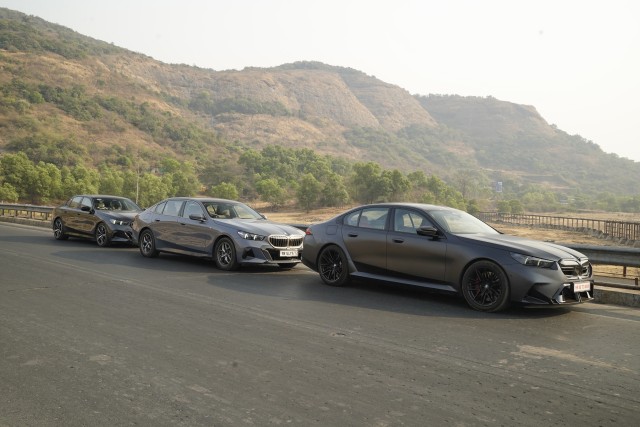
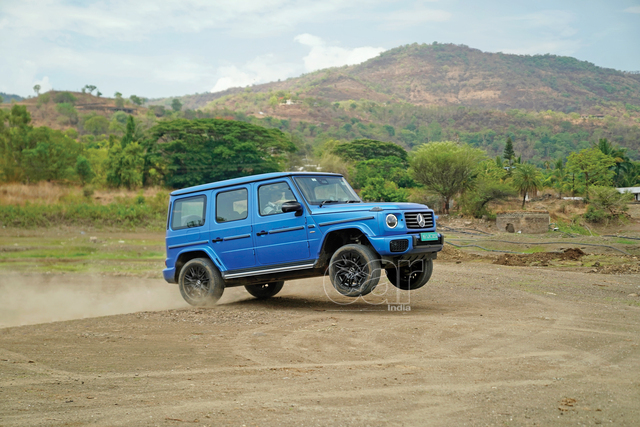
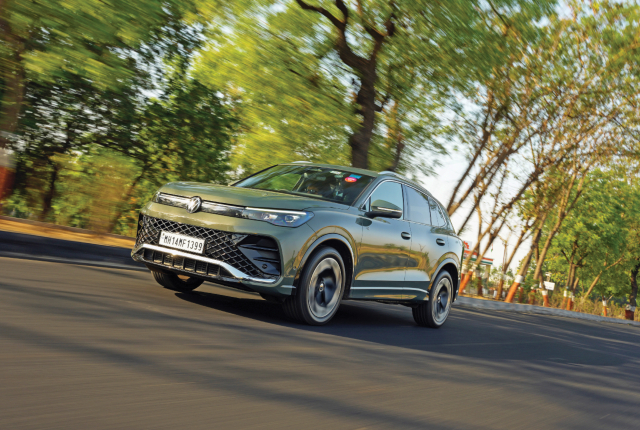
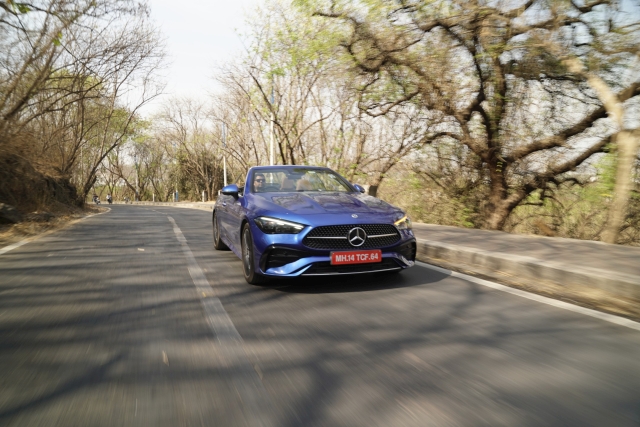

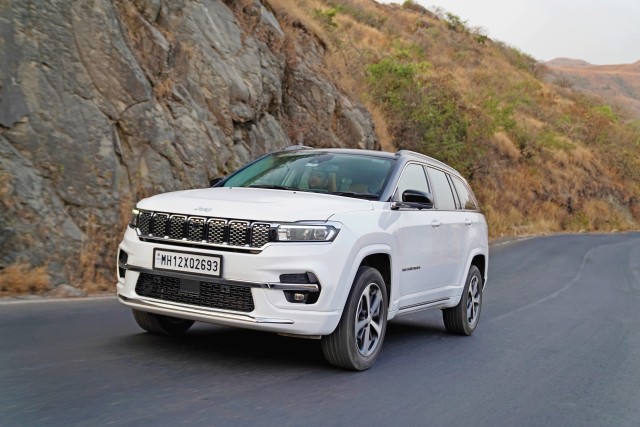
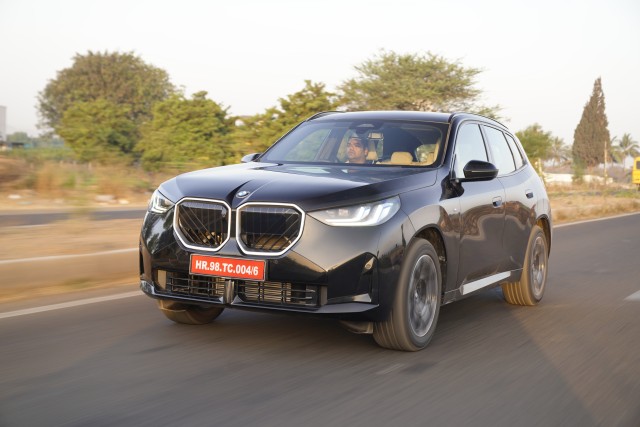
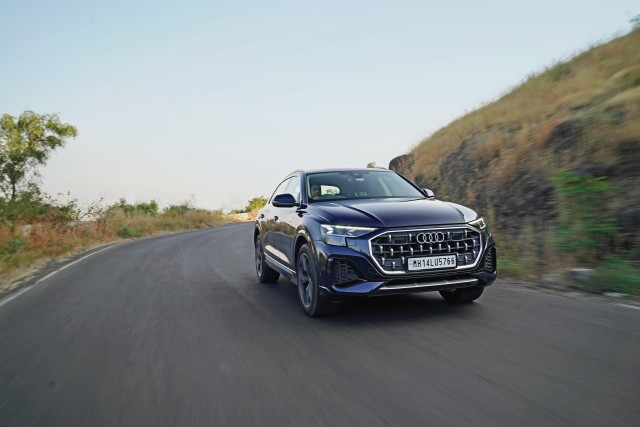
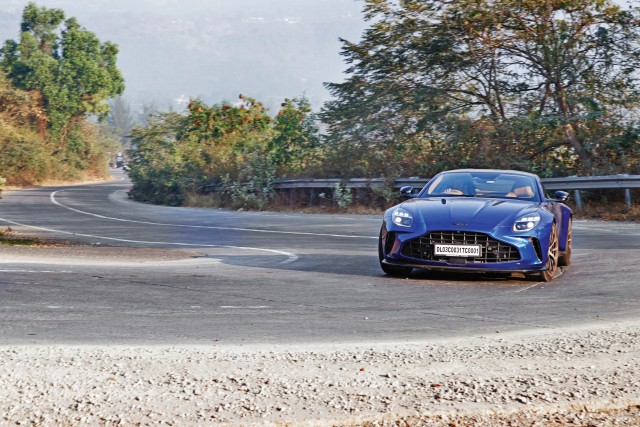
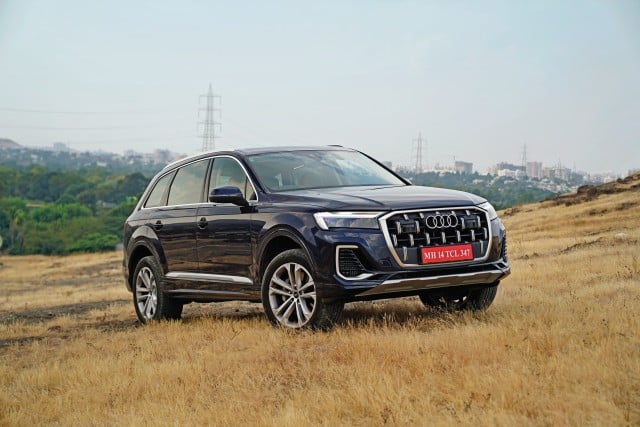
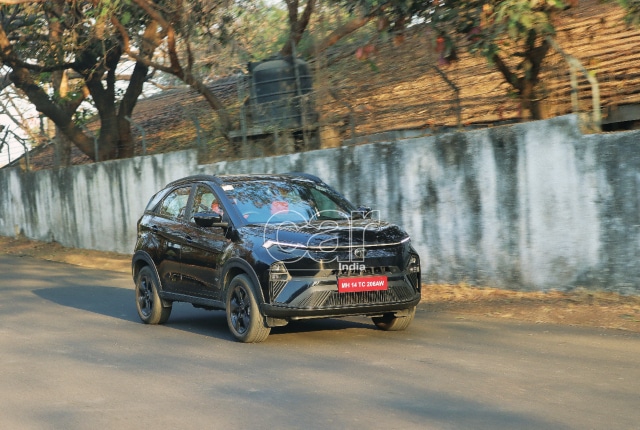




Leave a Reply